Godehode's brother was one of the many Ralph de Tosny, he died in 1157. Alice de Tosny, who is the subject of this blog today was Ralph's descendant, she was born on the 26th April in 1284.
Firstly, we see Alice as an heiress, she was a high ranking English noblewoman who lived during the reign of Edward I. At the beginning of the 14th century, Alice was wealthy in her own right, she had received the Tosny estates when her brother Robert died in 1309 without issue. This inheritance, as we have seen, had its roots at the beginning of the 12th century with the marriage of Adalize, one of two heiresses and daughters of the Earl of Northumberland and his Norman wife Judith of Lens, to Ralph de Tosny.
In totally Alice was the mother of ten children.
Eventually and for hardly any time at all, Alice's inheritance ended as it had begun, held by heiresses - Isabel and Anne Neville, the daughters of Anne Beauchamp the wife of Richard Neville. What happened to it after that is a story for another day.
A second set of sisters, Isabel and Elizabeth, the daughters of Alice and Guy de Beauchamp, received two of the Tosny manors that of Whittlesford and Brinkley.
The subject of the heiress has not been covered fully enough. More often than not the heiress is usually talked about as part of her family where the main focus of attention are the eldest sons and their children. If she is discussed at it is what she brought to the family she married into.
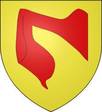
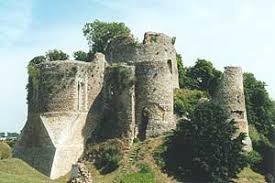
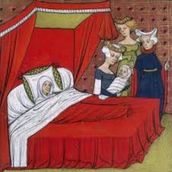
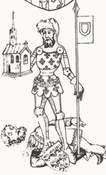

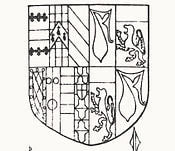
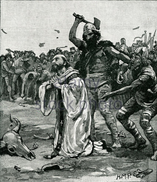
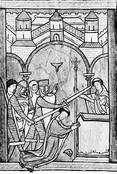
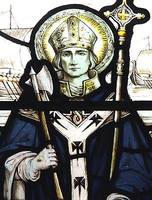

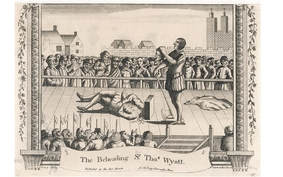
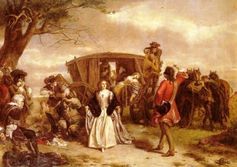
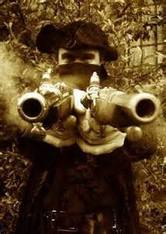
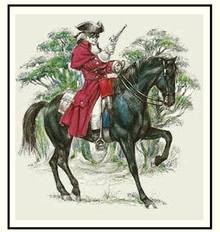
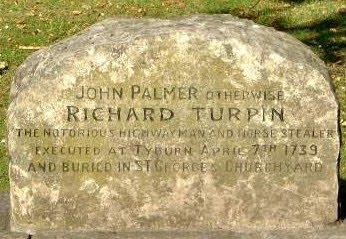
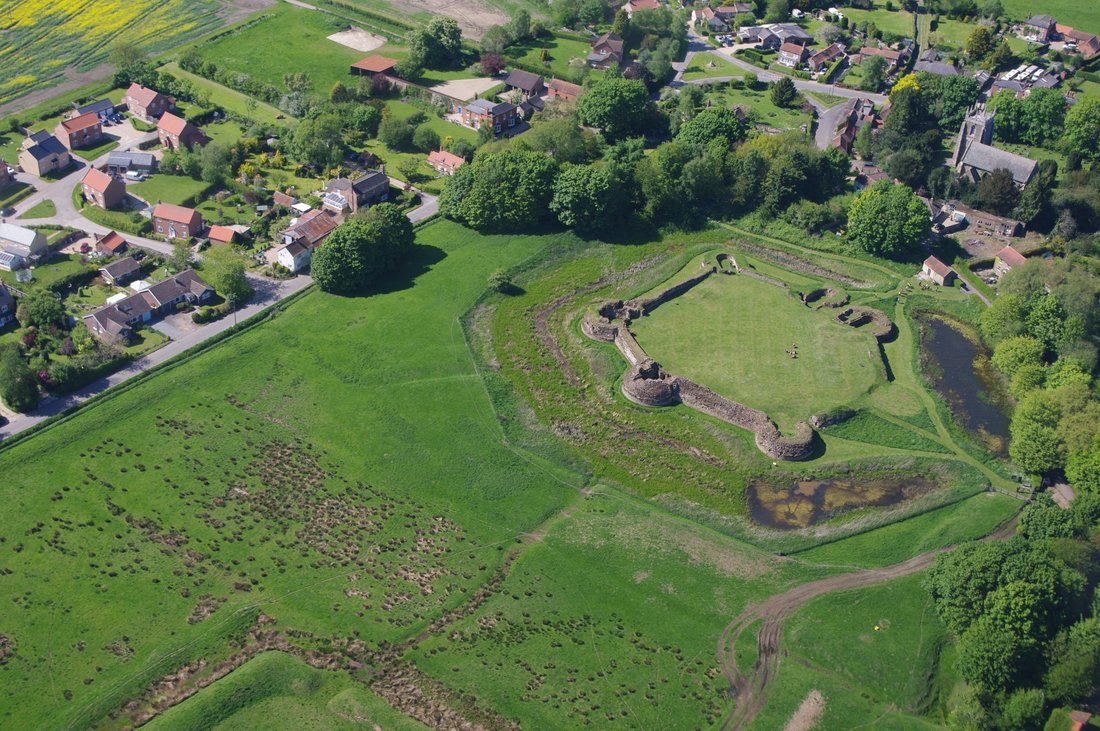
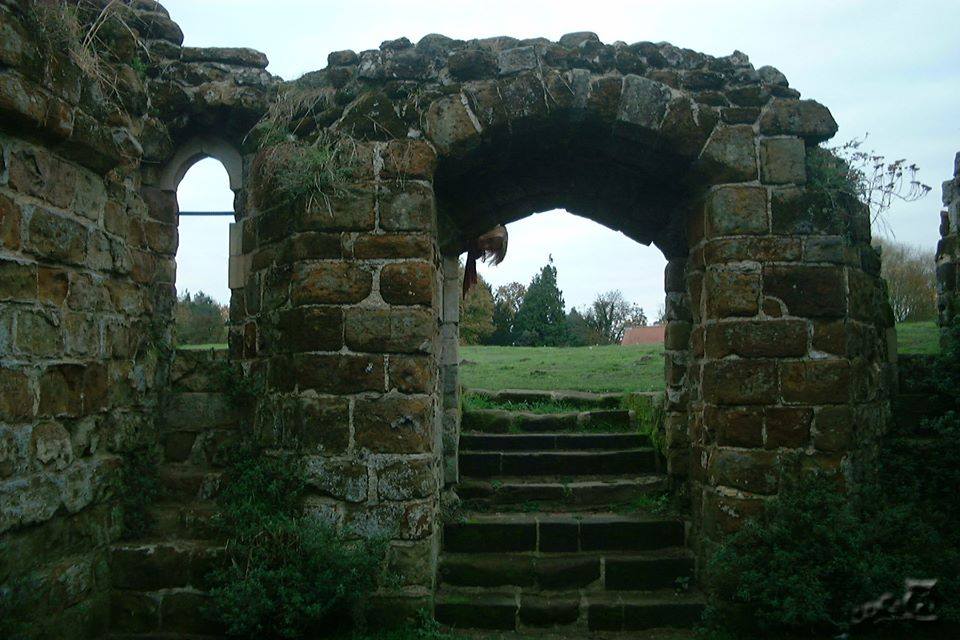
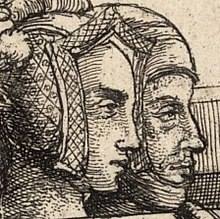
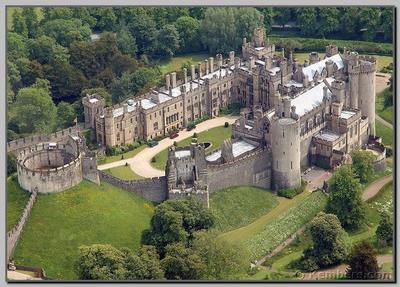
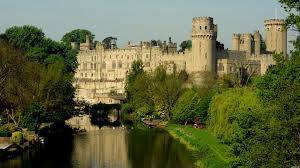



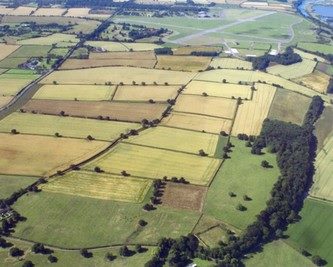
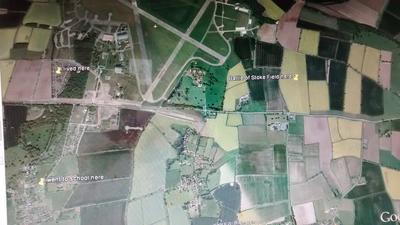
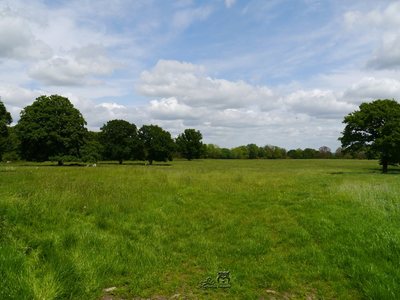


 RSS Feed
RSS Feed
